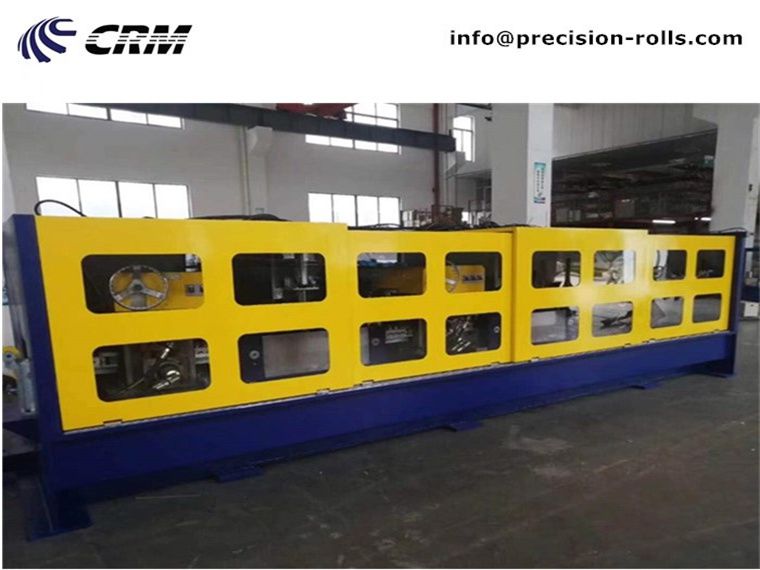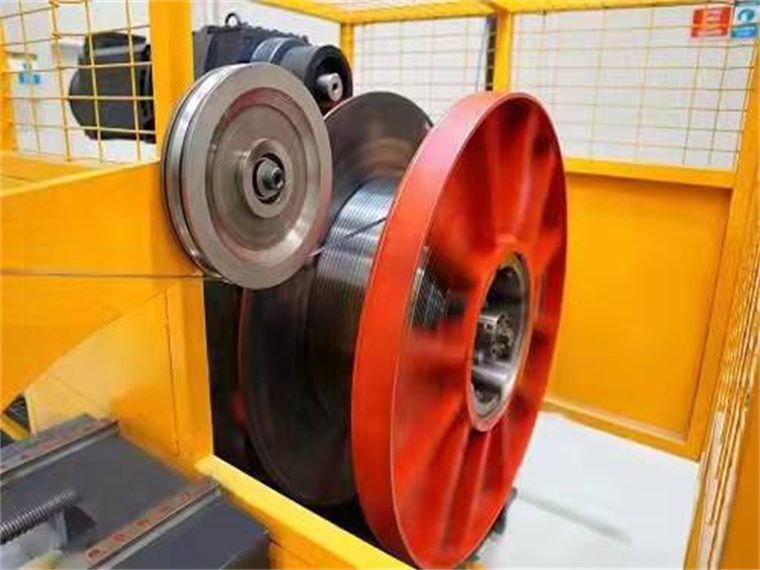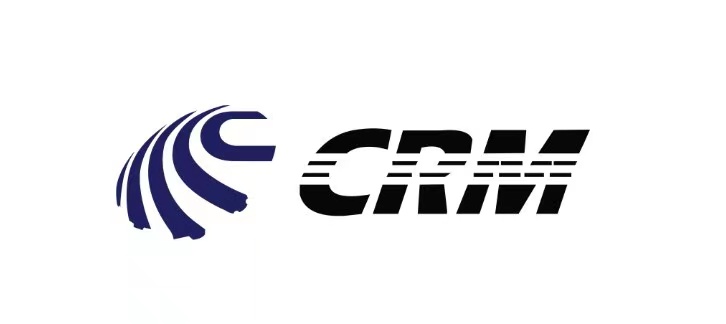The Comprehensive Guide to Wedge Wire Production: Process, Machinery, and Applications
Addtime:2025-01-11View:643
How is Wedge Wire Produced?
Wedge wire, a high-performance product commonly used in industrial filtration systems, is known for its exceptional strength, durability, and resistance to wear and tear. It is primarily used in applications such as water treatment, petrochemical filtration, food processing, and mining. The manufacturing process of wedge wire involves advanced techniques, precision equipment, and specialized machinery, such as stainless steel wedge wire drawing machines and rolling machines. This article explores how wedge wire is produced, focusing on the key processes, the machinery involved, and the role of manufacturers, particularly those in China, who lead the industry in producing high-quality wedge wire.
1. Introduction to Wedge Wire
Wedge wire is essentially a type of screen material made from a series of stainless steel wires that are welded into a rigid, continuous structure. These wires are placed at precise angles to create a wedge-shaped gap between them. The unique wedge-shaped profile provides excellent filtering properties, allowing for high flow rates while preventing clogging. The manufacturing process ensures that the wire maintains its shape, strength, and resistance to corrosion, making it an ideal material for a variety of filtration and separation applications.
Wedge wire is often used in filtration systems in industries like water treatment, oil and gas, mining, and food processing. It is particularly useful in applications that require separation of particles from liquids or gases, such as wastewater filtration, mining screenings, and dairy filtration systems.
2. Key Materials in Wedge Wire Production
The primary material used for manufacturing wedge wire is stainless steel due to its excellent corrosion resistance, strength, and durability. Stainless steel wedge wire is preferred because of its ability to withstand harsh environmental conditions, such as exposure to corrosive chemicals and high temperatures, which are often found in industrial settings.
Various grades of stainless steel are used depending on the application. For instance, 304 and 316 grades of stainless steel are commonly used in the production of wedge wire, with 316 stainless steel offering higher resistance to corrosion, especially in chloride environments.
3. The Manufacturing Process of Wedge Wire
The process of producing wedge wire involves several stages, each of which requires specialized machinery and precise control to ensure the final product meets the high-quality standards required for industrial applications.
3.1 Wire Drawing
The first step in the production of wedge wire is wire drawing. This is the process of reducing the diameter of a metal rod or wire by pulling it through a series of dies. The wire drawing process is essential because it allows manufacturers to achieve the exact dimensions of the wire that are required for the production of wedge wire.
Stainless Steel Wedge Wire Drawing Machines are specialized machines used in this process. These machines are designed to handle stainless steel wire, which requires high strength and resistance to wear and tear. The wire drawing machine works by pulling the wire through progressively smaller dies, which gradually reduces the diameter of the wire while maintaining its strength and elasticity.
The precision of the wire drawing process is crucial in ensuring that the final wire has the required characteristics, such as uniform diameter and smooth surface. This process is usually performed in a series of stages, with each stage using progressively smaller dies to reduce the wire’s diameter to the desired size.
3.2 Wire Rolling
Once the wire has been drawn to the required diameter, it is passed through a wire rolling machine. The purpose of the rolling process is to further shape the wire into the wedge profile that characterizes wedge wire. In this stage, the wire is rolled and flattened to create a uniform wedge shape. The wire's surface is also smoothed during this process to ensure that it can easily slide into the gaps between the wires without any obstruction.
Wire rolling is a critical part of the wedge wire production process because it ensures that the wire maintains its structural integrity and uniformity. This process requires precise control over the pressure and speed of the rolling machines to ensure that the final product meets the required specifications.

3.3 Welding
After the wire is shaped into the wedge profile, the next step is to weld the wire into a screen structure. This is typically done by placing the wedge wire onto a support structure, with the wires placed at precise angles. The wires are then welded together, forming a continuous mesh or screen that retains the unique wedge-shaped gap.
Welding is a crucial step because it provides the strength and rigidity needed for the wire to maintain its shape during use. The welding process must be performed with great precision to avoid any distortion in the wire structure, as this could affect the filtration performance of the wedge wire.
The welding process typically involves high-frequency resistance welding or laser welding, both of which ensure strong, durable joints between the wires. These welding methods are chosen for their ability to produce high-quality, consistent welds without damaging the wire.
3.4 Finishing and Inspection
Once the wedge wire has been welded into a screen structure, it undergoes several finishing steps to improve its surface finish and ensure its suitability for industrial applications. This may include processes such as polishing, cleaning, and coating.
Polishing is particularly important for removing any rough edges or weld spots that may have been left during the welding process. The goal is to achieve a smooth, uniform surface that will enhance the wire’s filtration efficiency and prevent clogging.
After finishing, the wedge wire is thoroughly inspected to ensure that it meets the required specifications. Quality control checks are performed to verify that the wire’s dimensions, strength, and overall quality are within the specified tolerances. This ensures that the wedge wire will perform as expected in its intended application.
4. The Role of Stainless Steel Wedge Wire Drawing Machines and Rolling Machines
Stainless Steel Wedge Wire Drawing Machines and Rolling Machines are essential in the production of high-quality wedge wire. These machines are designed to handle the specific requirements of stainless steel, a material that demands precision and durability during the production process.
The wedge wire drawing machine is critical in shaping the wire to the desired diameter and ensuring that it maintains its strength throughout the drawing process. These machines are engineered with advanced features that allow for precise control over the wire’s dimensions and surface quality. By using advanced technology, these machines are capable of producing wires that meet stringent quality standards, ensuring the performance and longevity of the final wedge wire product.

Rolling machines, on the other hand, play a key role in shaping the wire into its unique wedge profile. These machines apply controlled pressure to the wire, gradually shaping it into a wedge shape without compromising its strength or durability. The rolling process is crucial for ensuring that the final wedge wire product meets the exact specifications required for filtration and separation applications.
As a leading stainless steel wedge wire drawing machine and rolling machine manufacturer in China, we have established ourselves as experts in this field. We provide state-of-the-art machinery that meets the highest standards of performance and reliability, ensuring that manufacturers can produce high-quality wedge wire with consistency and efficiency.
5. Applications of Wedge Wire
Wedge wire is used in a wide range of applications, primarily in industries that require efficient filtration and separation systems. Some of the most common uses include:
• Water Treatment: Wedge wire is often used in water filtration systems, where it helps separate solids from liquids in municipal water treatment plants or industrial wastewater treatment facilities.
• Oil and Gas: In the oil and gas industry, wedge wire screens are used for filtration and separation during drilling operations, such as in shale gas extraction.
• Mining: Wedge wire is used in mining operations to separate valuable minerals from ores or to filter out debris from liquids.
• Food Processing: In food production, wedge wire is used for separating solids from liquids in processes like juice filtration and dairy processing.
6. Conclusion
The production of wedge wire involves a complex process that requires precise machinery, high-quality materials, and skilled craftsmanship. As the most professional stainless steel wedge wire drawing machine and rolling machine manufacturer in China, we are committed to providing our customers with the most advanced equipment for wedge wire production. Our state-of-the-art machines ensure that manufacturers can produce high-quality wedge wire that meets the strict demands of industries such as water treatment, oil and gas, mining, and food processing.
Through advanced technologies like stainless steel wedge wire drawing and rolling machines, we can provide manufacturers with the tools they need to produce efficient, durable, and high-performance wedge wire products. If you're looking for the most reliable equipment to produce wedge wire, partnering with an experienced manufacturer like us ensures your production line operates at its highest efficiency.
This article provides an in-depth look at how wedge wire is produced, from drawing and rolling to welding and finishing, while highlighting the importance of advanced machinery and the role of leading manufacturers in the industry.
Contact Us Today
Email:sales@precision-rolls.com
Mobile/Whatsapp:+86 138 6131 3954

